Wednesday, August 4
One thing that did struck my eye the next day is that the architecture was changing. Gone were the Romanesque stone churches and houses, it was becoming more “Spanish”, with colorfully painted houses and churches that were built not a thousand, but only like four hundred years ago.
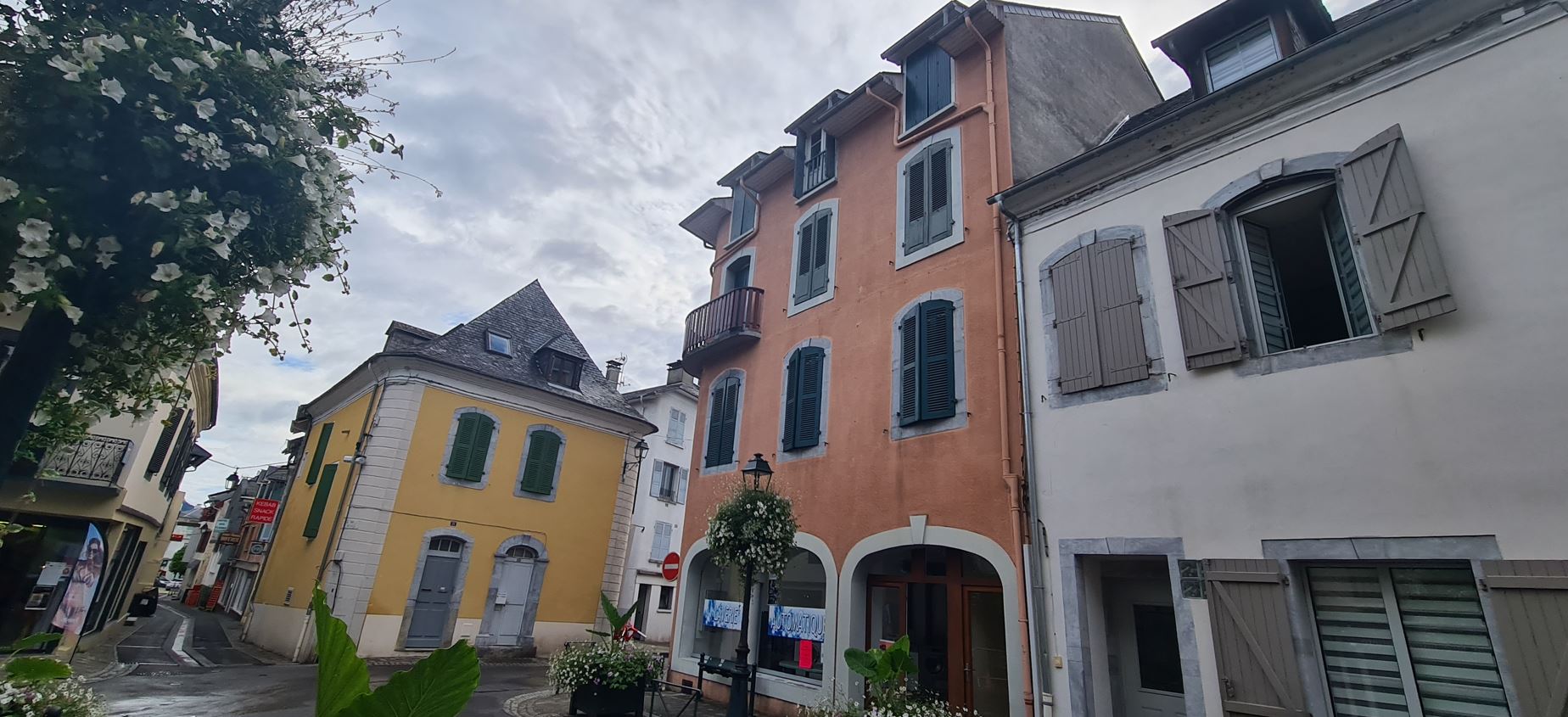
It was a partially cloudy day and yet again, there was more climbing. This time, the first summit was Col du Soulor at 1,474 meters, so in about 16 kilometers from Argelses-Gazost, about 1,000 meters of height had to be absolved, which is around 6% climb, nothing too fancy. During the ascent, I met a fellow biker, who was to become my companion for a day or two. It was Juriaan, a French guy in his early twenties – he was heavily loaded with luggages everywhere. Juriaan had the greatest gear – for example, he had a custom-made telescopic stand that would hold up his bike wherever he decided to make a stop. He was also carrying a gas stove for cooking food. On the way up, we started overtaking each other, before striking up a conversation at the summit. Animals were roaming about, with wild horses (of course, what else?) and mountain sheep mingling with “us” people.
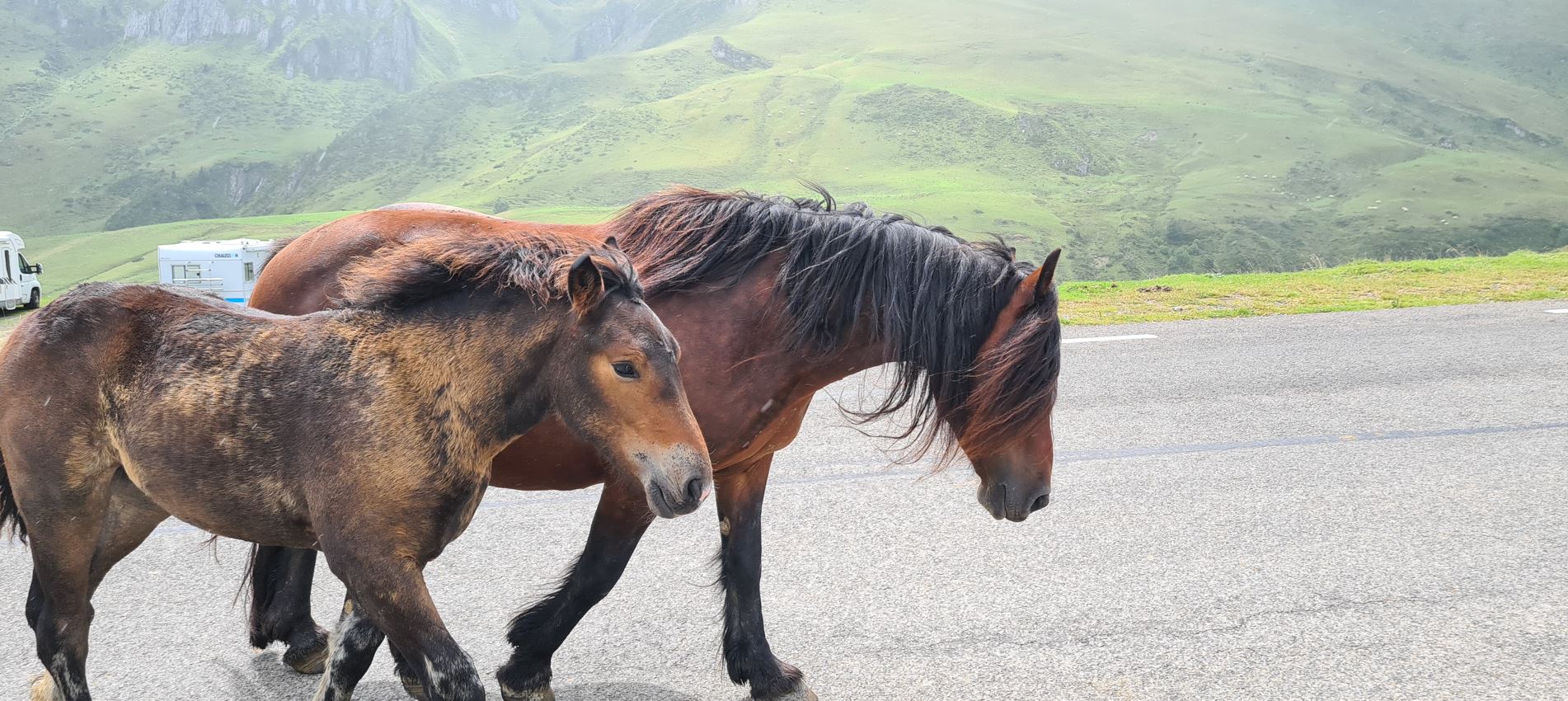
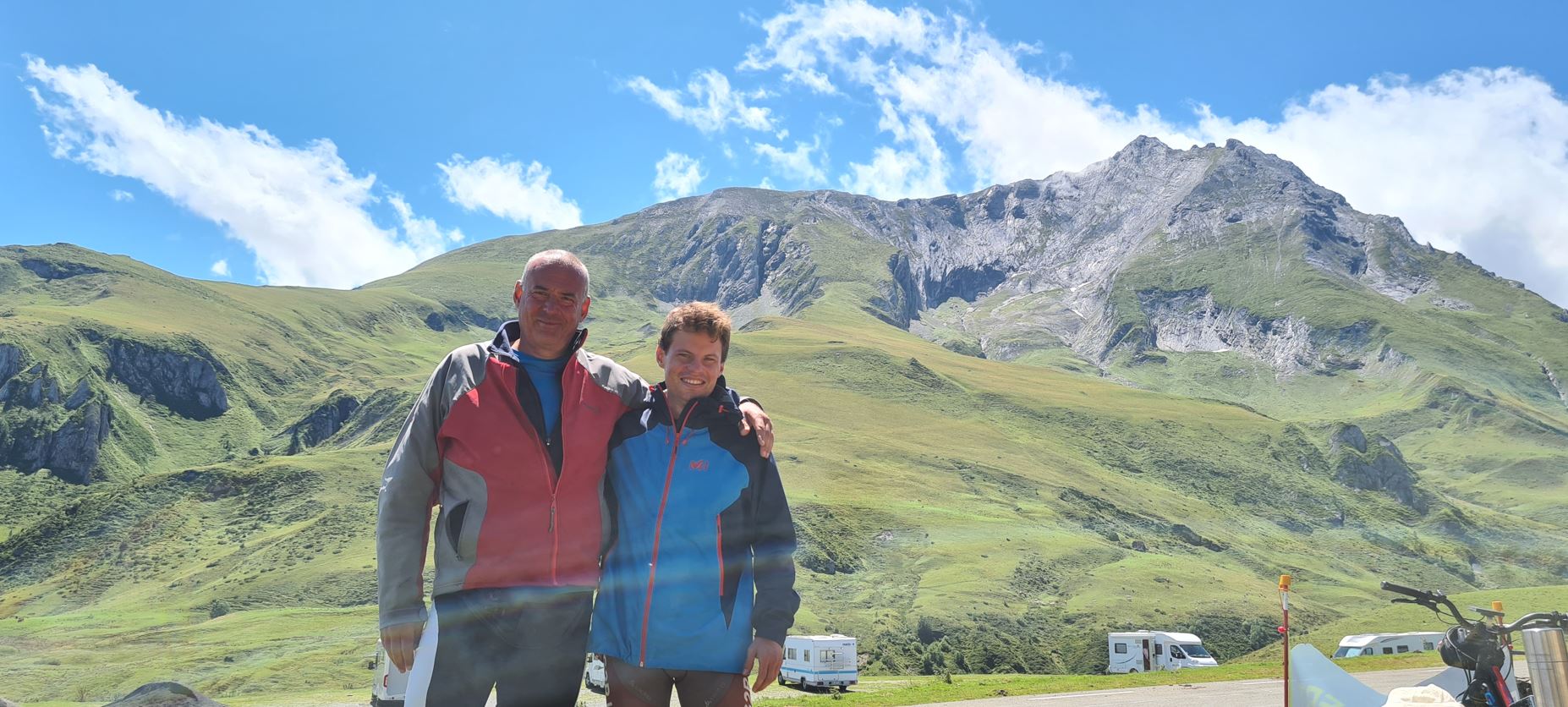
After the pass, I saw probably the most adventurous stretch of road on this trip, as far as the eye could see, there was a view of the road having been carved into the side of the mountain – and that is where we were going to ride. While I have not yet been to Peru, this is how I imagine the roads to be there.
Riding on the narrow road, we eventually made it up to the next summit, Col d’Aubisque at 1,709 meters This pass is one of the most popular destinations of the Tour, with two large steel bike statues commemorating, it claims to be a "historical high point". A large herd of mountain sheep were gazing there, blocking the road for a while, cars and motorbikes ceding the way patiently. We also spotted a commemoration for Andre Bach, a Frenchman who lost an arm in WWI, then fell in love with biking, often making it up to the mountaintop we were at, which is remarkable with just one arm. He joined the Resistance in WWII, helping Jewish families hide and escape. The Gestapo arrested him and he died in May 1945 in Buchenwald, on a death march fleeing the advancing Russian troops. The landscape was amazing at the pass and also thereafter, I often got goosebumps when looking around.
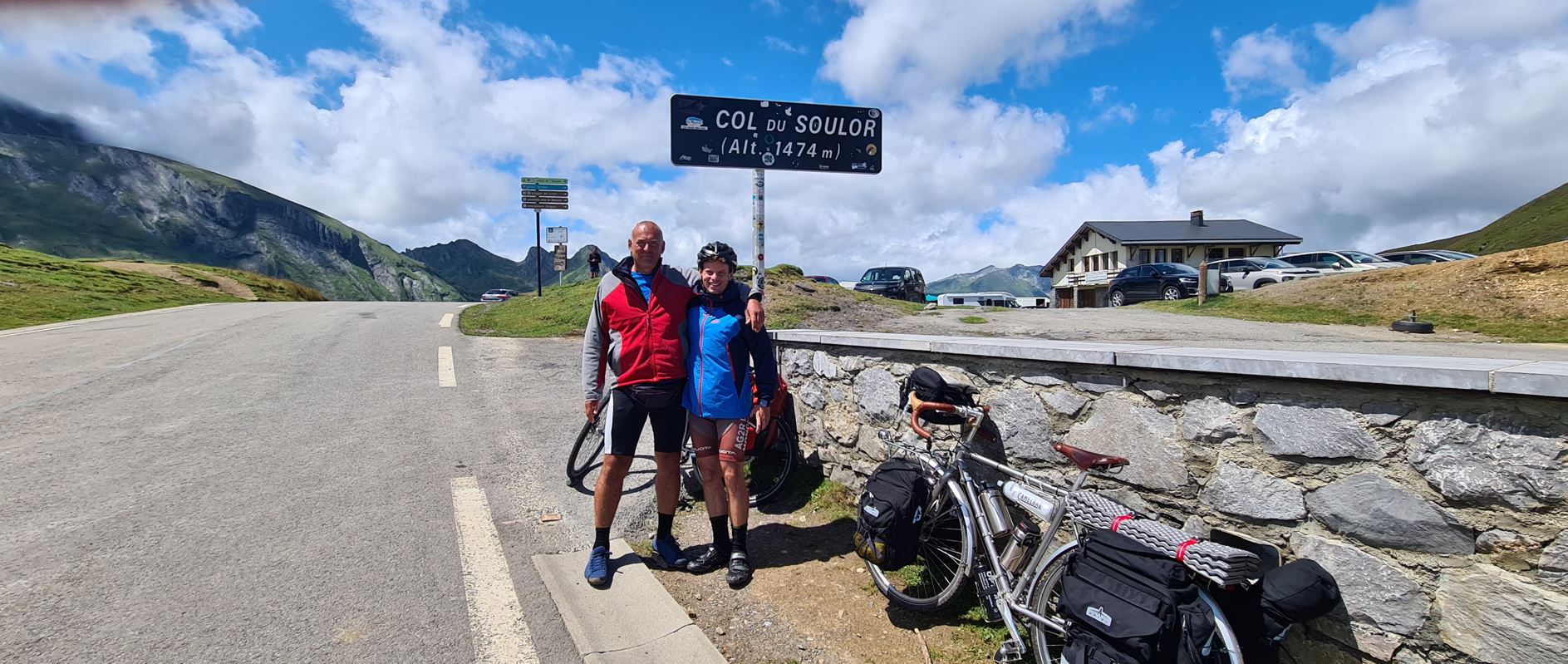
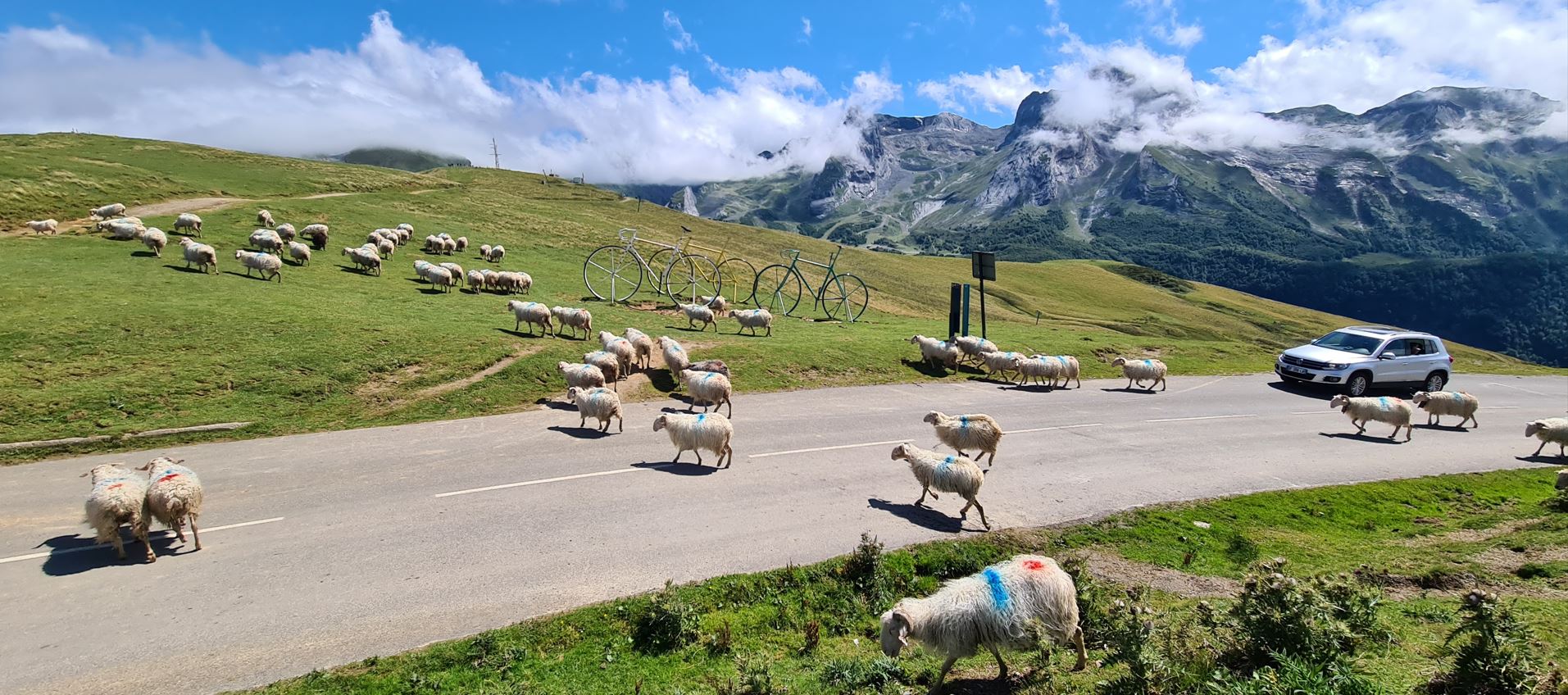
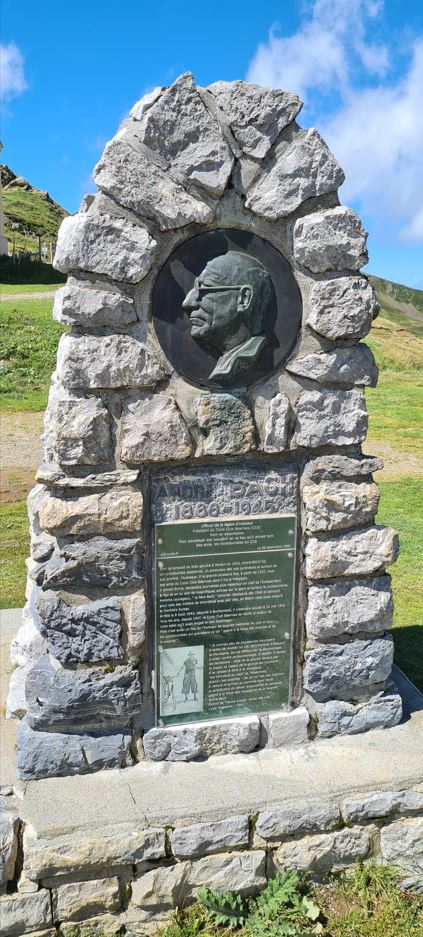
As we rolled down the mountain, we got to the small town of Eaux-Bonnes, meaning "good water" and yes, it is – or was – a spa town, ever since Roman times. In zenith was during the 19th century, where 4-storey hotels were constructed and even a casino was built. In the middle of town is a large park, with the people playing pétanque – vive la France. In the next town, Laruns, we bought some supplies, Juriaan said he would cook that evening.
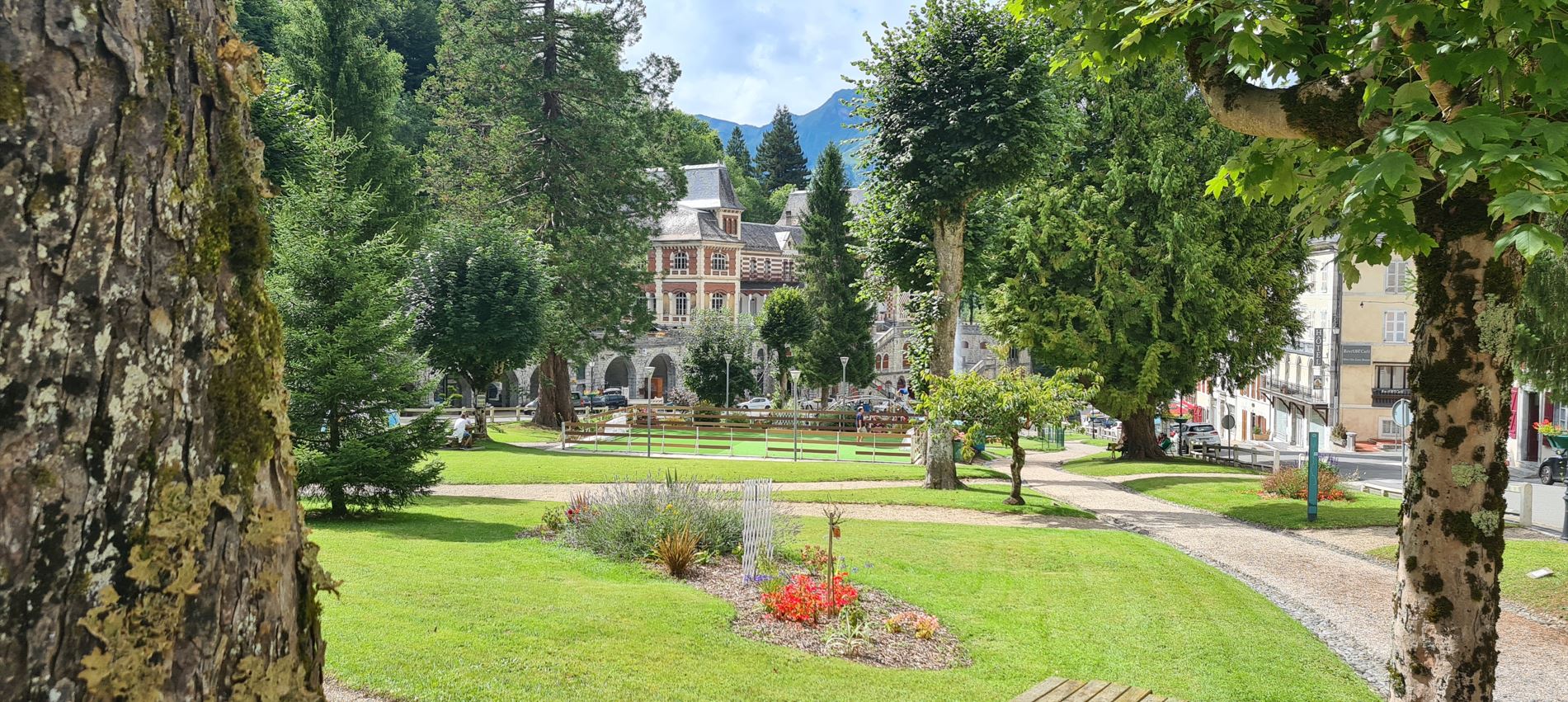
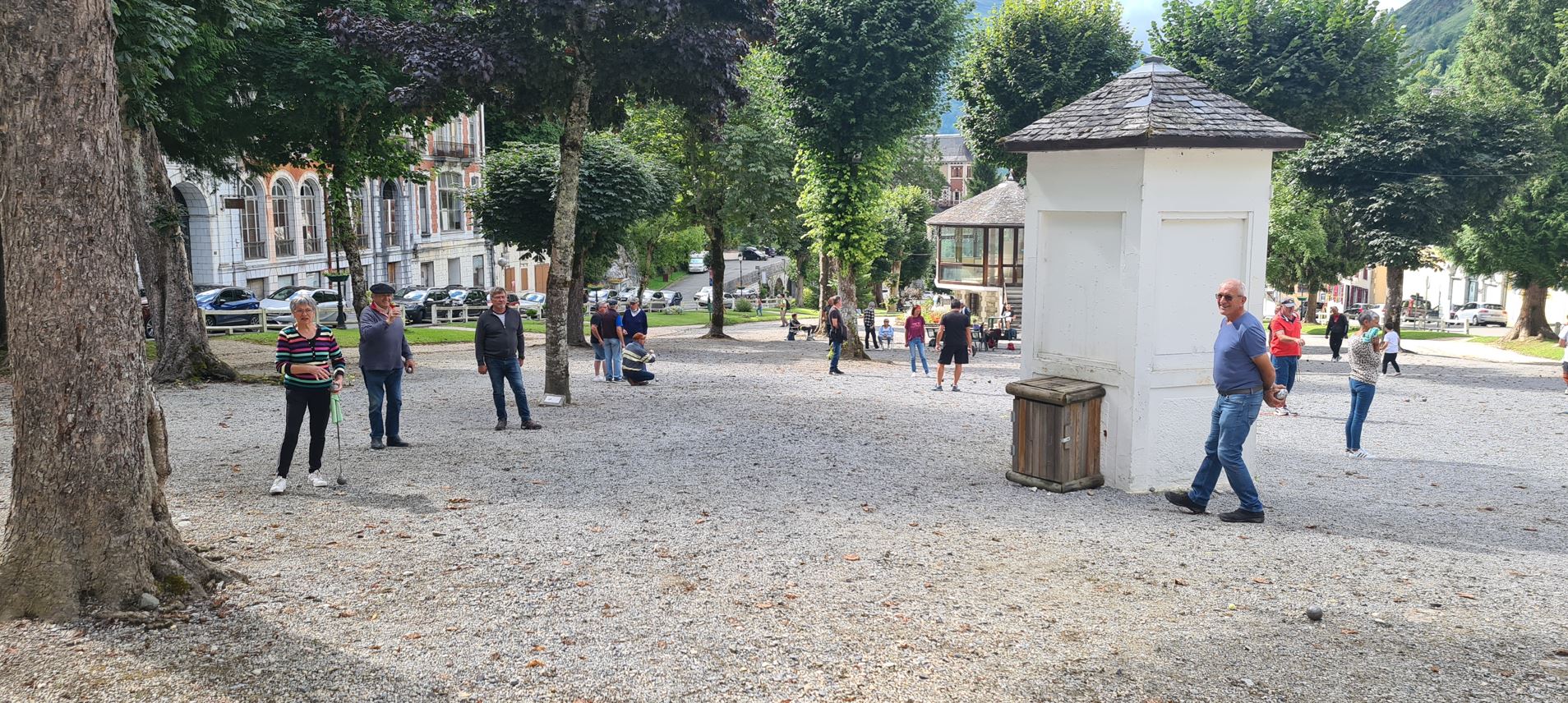
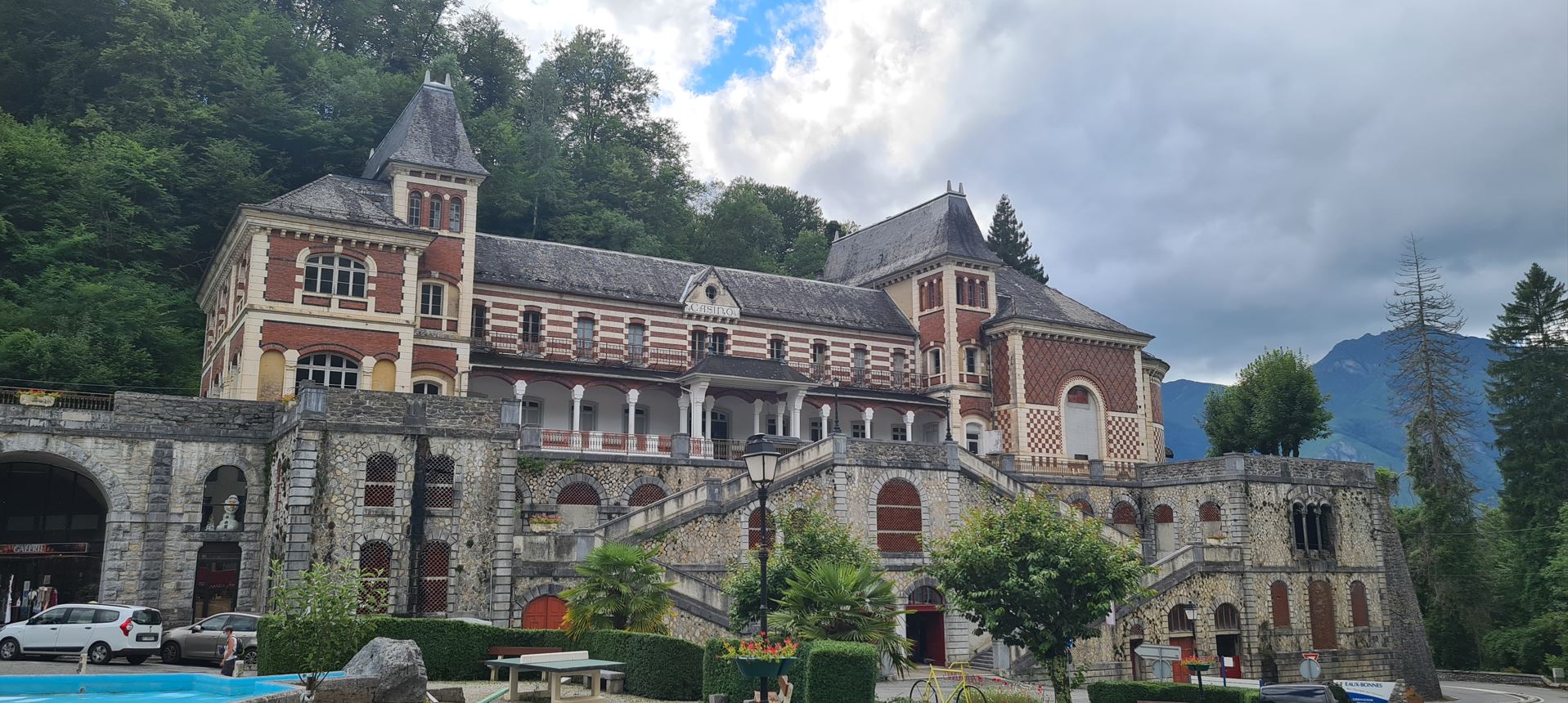
Yet another ascent started, we were now heading up to the Pyrenees National Park. Not knowing that the summit was not all too far away, we spotted a nice patch of grass, with a wonderful view of the valley we were riding up from – the only problem there was someone there, a farmer, busy harvesting the grass. We discussed our strategy for a while and decided we would actually ask for permission whether we could stay - as versus waiting for him to go home and then occupying his land. He readily agreed, so we pitched our tents there. We enjoyed the views, though somewhat cloudy, it was still breathtaking. Juriaans cooking was real good, as said, I was impressed by all his fitting equipment – a perfect camping companion.
Here you can see the trip in Google Maps, it was 61 kilometers, with 1,988 meters of climbing and 1,455 meters of descending.